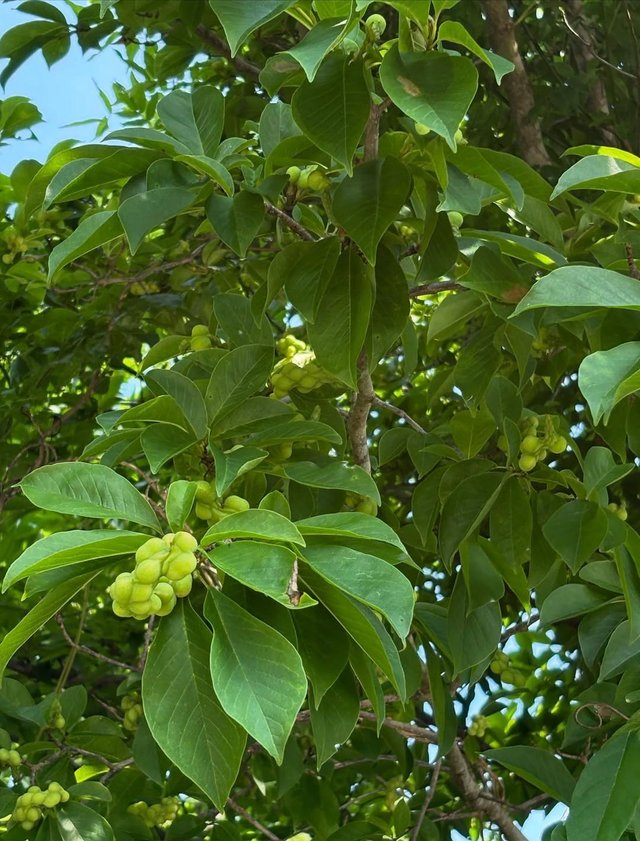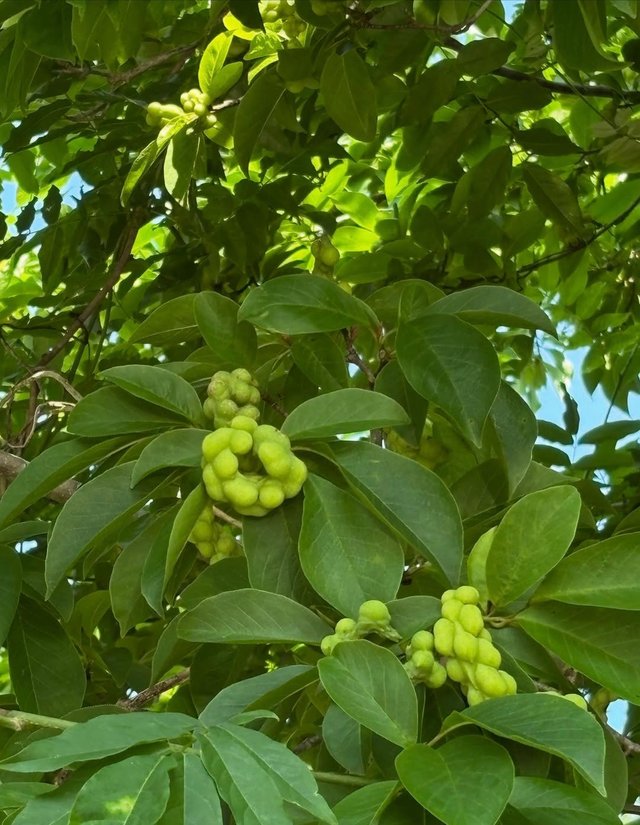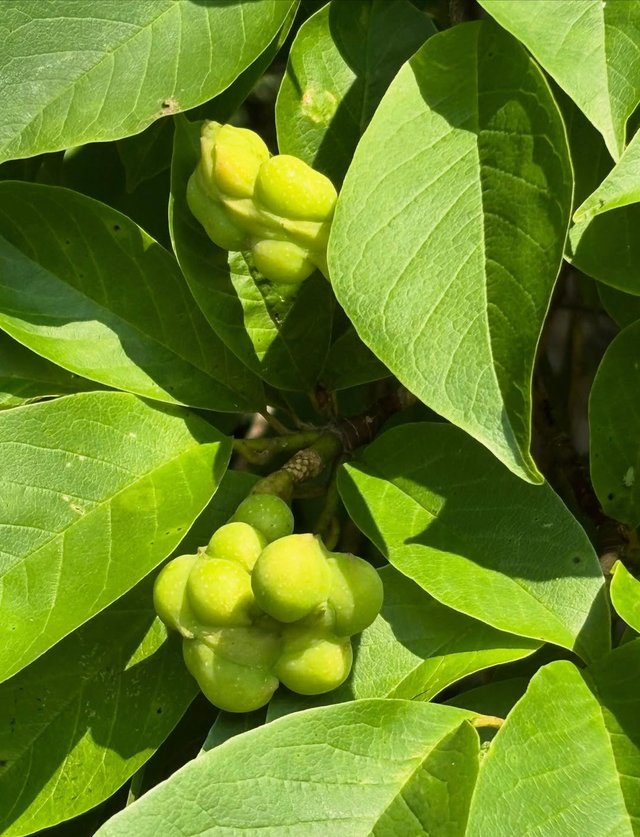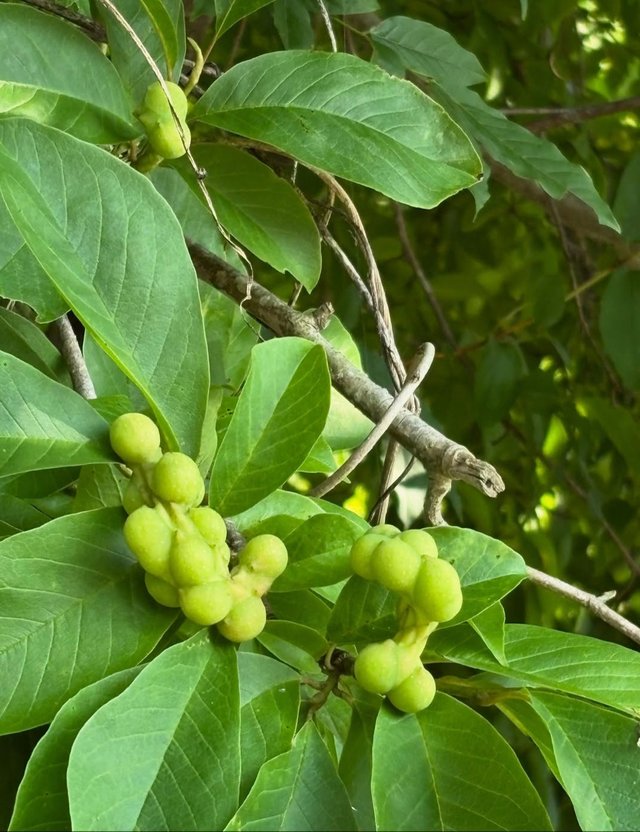Magnolia acuminata
Magnolia acuminata, commonly known as the Cucumber Tree, stands out not for showy flowers or exotic fragrance—but for its stature, ecological importance, and deep evolutionary roots. Native to eastern North America, this remarkable species is both a botanical gem and a living link to ancient flora.Magnolia acuminata is one of the largest magnolia species, reaching heights of 60 to 80 feet with a broad, pyramidal to oval crown. It is a deciduous tree, unlike many magnolias that are evergreen in warmer climates.
The tree has large, ovate to elliptical leaves—typically 6–10 inches long. The leaves are soft to the touch and display a rich green color during the growing season, turning yellow to brown in the fall.Unlike its more flamboyant relatives, M. acuminata produces relatively modest greenish-yellow flowers in late spring to early summer. These tulip-shaped blossoms are lightly fragrant and often go unnoticed because they blend with the foliage.The name “Cucumber Tree” comes from its immature fruit, which resembles a small cucumber. As it ripens, the fruit turns reddish and opens to reveal bright red seeds—an important food source for birds and small mammals.
Cucumber trees are typically found in rich, moist, well-drained soils of hardwood forests and mountain coves. They prefer partial to full sun and play a role in mixed forest ecosystems alongside species like oaks, hickories, and maples.The seeds attract a variety of wildlife, including birds such as woodpeckers and grosbeaks. The tree also hosts a number of pollinators, especially beetles, which are the primary pollinators of magnolias—a nod to their prehistoric origins.



